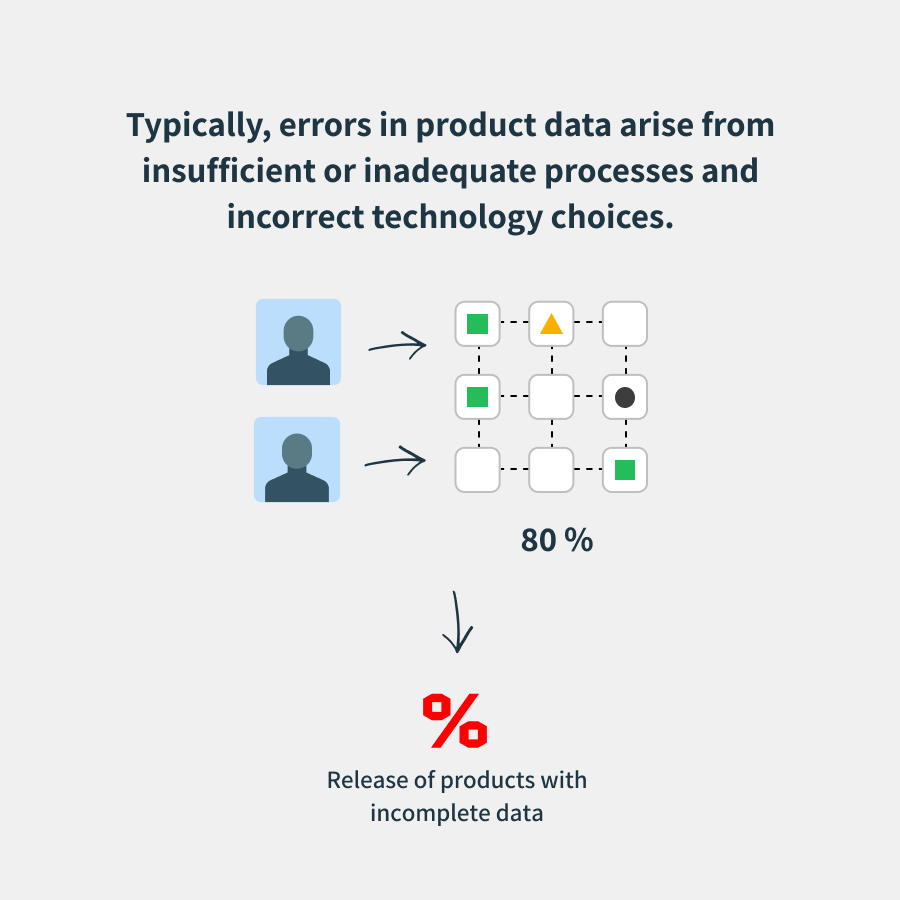Why do product launches fail without PIM?
Failed product launches are a challenge that many companies have encountered. However, the most successful companies have also learned to master the discipline of avoiding failed product launches.
In fact, they are so good that 25% of their revenue comes from new product launches. But how is that possible when studies show that 85% of new products fail within the first two years?
At B2B companies, Inriver has collected data showing that increased competition, time-to-market, and handling of product data are among the main reasons for failed product launches.
Specifically, missing or incorrect product data was the primary cause of lost revenue at launch.
In the US, the study showed that 1 in 3 companies had to withdraw products due to incorrect product data. And 26% of UK brands have also admitted to being in the same situation.
So, is product development and procurement to blame for a long time-to-market and product recalls? No, it is rarely the case that the problem lies in the design and development phase of a new product.
The problem much more often lies in the enrichment and handover of data between departments.
Unhealthy processes that do not support clear responsibility distribution, inefficient workflows due to outdated or incorrect technology choices, much more often contribute to errors occurring.

Errors in product data often occur during the handover between individuals and departments within the organization. The problem here is that the processes for managing product data are not efficient enough.
- Per Groth, Founder & Principal Digital Transformation Advisor
Where can the causes of the problem be found?
Specifically, the issues are:
- Data silos that effectively prevent collaboration across departments
- Lack of ability to plan product data from multiple systems and suppliers
- Inefficient workflows resulting in incomplete or inaccurate product descriptions
- Disorganized methods for distributing product data to new and existing channels
If your time-to-market depends on data silos, manual procedures for onboarding and validating new data, then unfortunately you have put yourself right in the crosshairs of the major “delay cannon.”
Product recalls then typically become a reality due to the incomplete data present in your systems.
The entire challenge related to error sources involving identification of necessary data, access and acquisition of data, as well as data import and export, is why a PIM system can become a profitable investment.
